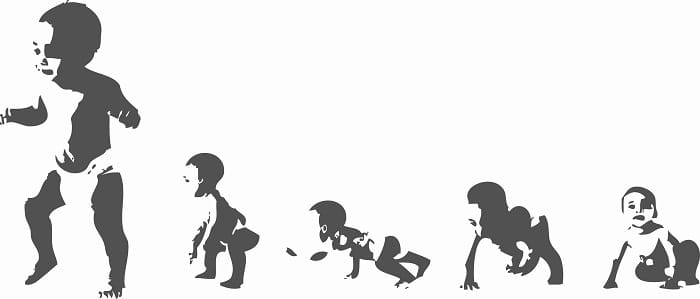Developmental Psychology essay
1) Define and discuss the differences between self-esteem and self-concept, self-efficacy, and self-regulation.
Self-esteem is referred to affective and emotional aspect of self and implies the self-evaluation of one’s self. Self-efficacy is the extent of one’s belief in one’s own ability to complete tasks and research goals. Self-concept is the idea of how one’s perceives oneself. The self-regulation is one’s ability to control one’s emotional condition (Banyard 105-106).
2) Describe and discuss the different types of peer status.
Types of peer status are: popular children, average children, neglected children (who are not disliked by peers); rejected children (who are disliked by children), controversial children (Banyard 141).
3) Discuss bullying and its effects, and describe strategies to reduce bullying.
Bullying is an abusive behavior of children in relation to their peers. Bullying may involve physical and verbal abuse (Banyard 193). Effects of bullying are the exclusion of children, who are victimized by bullies; psychological problems in both victims and bullies; the development of violent behavioral patterns in bullies and their victims; negative psychological changes that may appear in the adulthood (Banyard 194). Strategies to reduce bullying are: recognition and response; creation of a dialogue; encouraging bystanders becoming upstanders; fostering safety and inclusion; educating community (Banyard 196).
4) Discuss the functions of friendships.
Friendships contribute to the development of closer social relations between individuals and ties them on the ground of mutual interests, interaction and values (Banyard 174).
5) Compare and contrast the constructivist and direct-instruction approaches to education.
Constructivist approach to education implies teachers to perform the role of facilitators, who helps students to learn that makes students active agents of the learning process (Banyard 158). The direct instruction approach implies the delivery of instructions to students and learning of the instructions by students that makes students subjects to learning (161).
Do you like this essay?
Our writers can write a paper like this for you!



